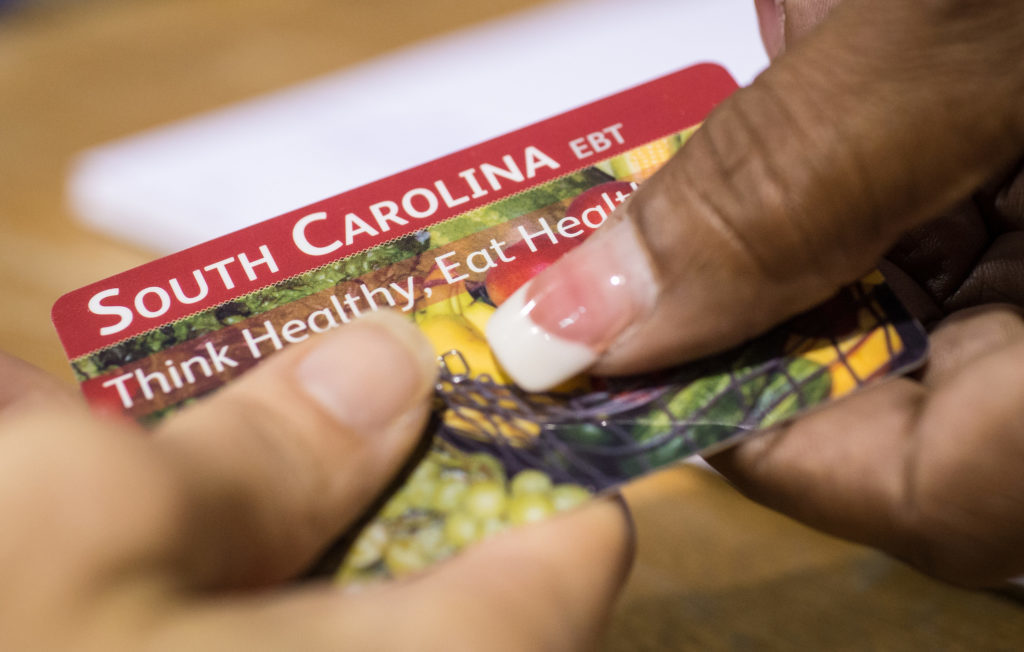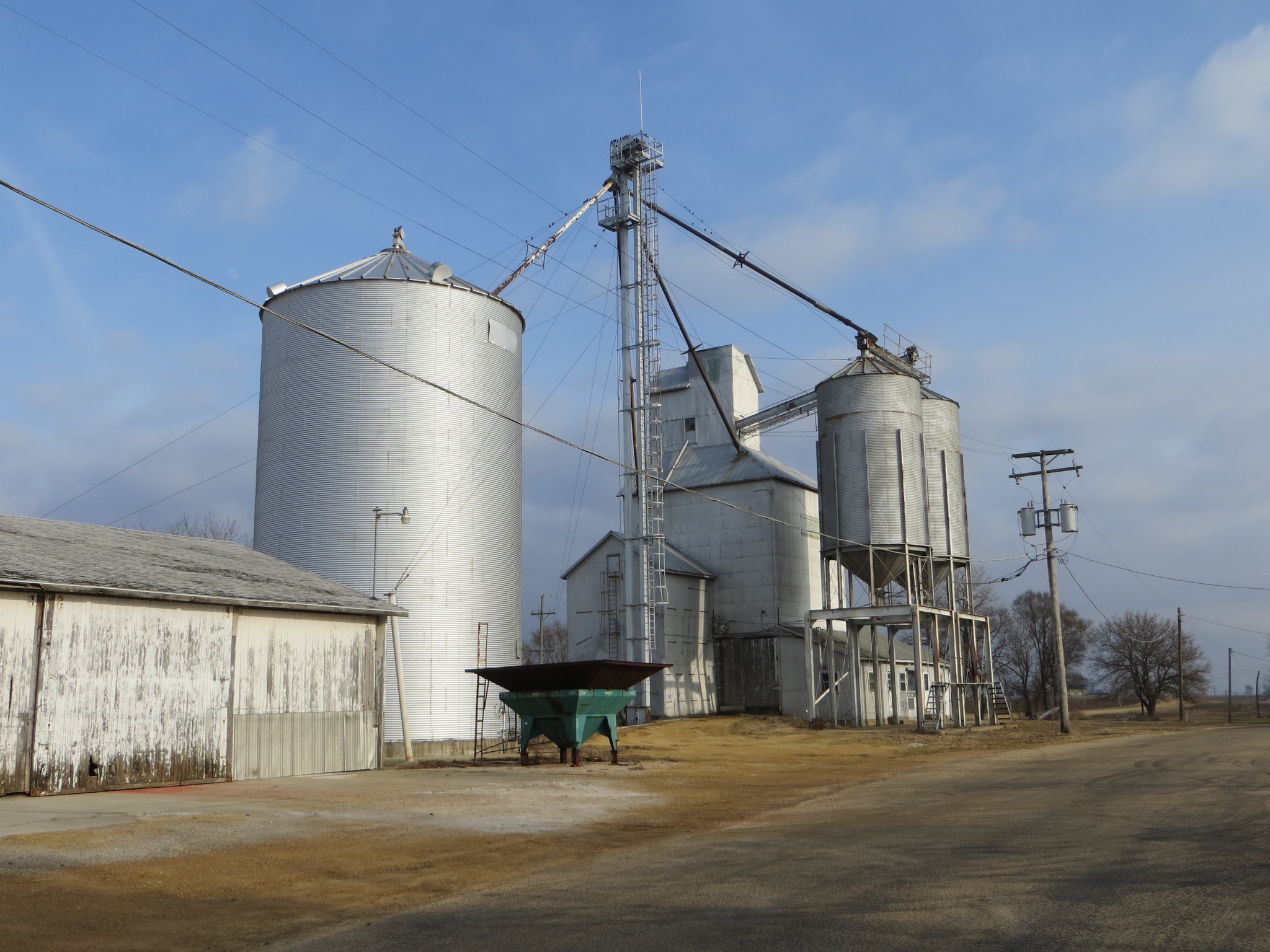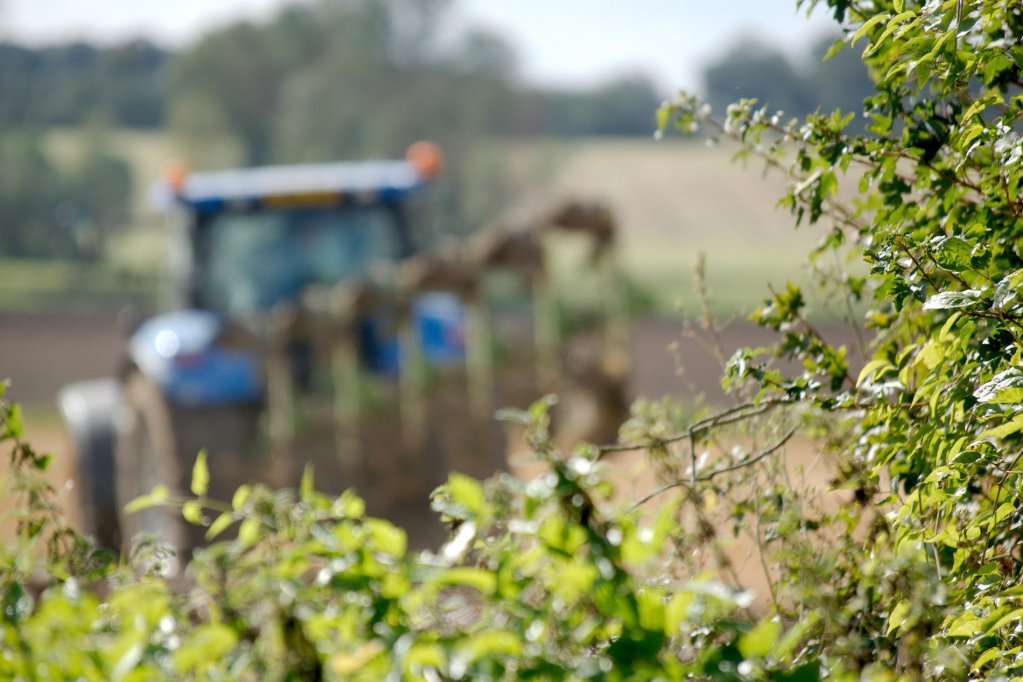
Thinkstock
Last weekend, nearly 80 people in Boston—many of them students at Boston College—were sickened by something they ate. At least, that’s what they thought: most (if not all) of them had recently eaten at the Chipotle Mexican Grill in Cleveland Circle.
The fear, of course, was that Boston would be another pin on the Chipotle-related E. coli 026 outbreak map. But while it may be a few days before final test results come in, the rush of gastrointestinal distress in Boston initially appears to be unrelated and caused by the faster-acting norovirus.
We get used to the idea that public health officials can pin down the source of food contamination, sometimes with astonishing speed and accuracy. But how do they do it? How, in the case of the ongoing E. coli 026 outbreak, for instance, did dozens of doctors, half a dozen states, and a federal agency (the federal Centers for Disease Control and Prevention) collectively figure out that that these patients, out of hundreds across the country, were linked by something they ate at one particular chain restaurant?
The answer, it turns out, lies deep inside the multilayered system the states use to investigate the roughly 860 public health outbreaks that occur in the United States each year. Here’s how it works.
Phase one
On Monday, October 19, someone in Washington state suddenly grew violently ill with diarrhea, vomiting, or severe abdominal cramps. Whatever it was, this person needed a doctor.
A stool sample taken at the doctor’s office revealed the culprit: Escherichia coli—a bacterium found in the guts of humans and animals, and one of the most common causes of food poisoning.
E. coli infections aren’t unusual. By October 18, 291 days into the year, Washington had already logged more than 270 cases; many more presumably went unreported as victims just toughed it out while their symptoms subsided. But this patient was different. Because within just two weeks, the patient’s bellyache was part of a front-page news story: the E. coli outbreak link to restaurants in the Chipotle Mexican Grill chain, which has now spread to at least 52 people in nine states.
Phase two
If you go to the doctor and test positive for E. coli or a few other key bacteria such as one of the Salmonella organisms or Listeria monocytogenes, your doctor will be informed so you can start receiving treatment, but the lab will also pass along a bacteria isolated from the stool sample to one of the labs in the national network known as PulseNet. PulseNet was created in 1996, in response to the 1993 Jack in the Box outbreak, in which more than 700 people fell ill and 4 died after eating undercooked hamburgers infected with a specific strain of E. coli O157:H7; today the network consists of 87 public health laboratories, at least one in every state, which are committed to testing bacterial samples using the same techniques so they can readily be compared in a shared database housed at CDC.
The labs use serotyping techniques to identify a particular strain of the bacterium, then a technique called pulsed-field gel electrophoresis (PFGE) to identify a “DNA fingerprint” of the organism that makes it possible to identify outbreaks caused by the same source, even when widely separated geographically. If it seems like there are more food contamination cases today than there were just a few years ago, it’s partly because PulseNet and PDFE allow scientists on both the state and national level to detect patterns of related infections that just a few years ago would have passed by unnoticed. CDC says that PulseNet currently detects around 200 illness ‘clusters’ a year—but only about 10 to 20 of these become full-blown reported outbreaks.
Phase three
State-level labs in Washington and Oregon identified some of their samples as Shiga toxin-producing Escherichia coli O26, a strain that often produces less-severe symptoms than some of the other Shiga toxins. (Shiga toxin is the protein that causes the symptoms of Shigella. The Shiga toxin found in some strains of E. coli is closely related, though not identical.) O26 is relatively uncommon, so it seemed unlikely that these cases would be turning up at the same time simply by chance. The states started talking to each other and alerted the CDC: They had a possible epidemic on their hands.
CDC set to work, checking the database and ordering additional testing on samples. (For some cases, the agency now conducts full-genome studies on organisms implicated in major outbreaks. Instead of looking at fragments of DNA, as they do in PFGE, they analyze the entire sequence.) Local epidemiologists, meanwhile, scrambled to interview sick patients, spending a half hour or so on each, asking: Did you go out to eat? Where, and what did you have? On a scale from 1 to 4, how likely is it you ate a hot dog in the past four weeks? Which brands of bottled water did you drink in the past week?
As more and more patients were interviewed in the Northeast, it turned out that almost all had eaten at a Chipotle in the week before they got sick. Investigators were zeroing in on a suspect location, but now they needed to know more: where was the source of the contamination–was it the tomatoes? Perhaps the cilantro? Or maybe the corn? With so much intermingling in customer’s bowls, state health departments often call up statistical models to break down yes and no answers from patients to form hypotheses for which foods may be at fault.
Phase four
“Sometimes the closest we can get is saying something like, ‘We know it’s the salsa, we just don’t know which ingredient,’” says Carla Medus, captain of “Team Diarrhea,” the group that does these kinds of public health interviews at the Minnesota Department of Health.
The detective work moved on to the restaurants in question. Was there still contaminated product on the shelves? Were customers still at risk of getting sick? At Chipotles in the Northwest, the answer, for now, is no—store foods tested in November were deemed free and clear of O26. But cases have continued to pop up in at least nine other states.
Outbreaks complicate quickly when contaminated food is shipped across state lines: Each local health department has to figure out the best way to handle its own cases, and each state has to decide where to allocate resources. The CDC often works as a kind of case manager, sifting through the latest data and coordinating communication between states. It’s an important job because multi-state outbreaks are some of the deadliest, accounting for more than half of all deaths from food-borne illness in the United States, though they make up just 3 percent of cases. Matthew Wise, the CDC’s lead epidemiologist for the Chipotle case, says multi-state outbreaks are more dangerous for two key reasons. First, because the bacteria are more severe (E. coli, Listeria, and Salmonella account for 91 percent of all multi-state outbreaks.) Couple these more dangerous bacteria with the large distribution areas for foods at fault in these outbreaks, and it’s a near recipe for more deaths and hospitalizations.
And, of course, the microbial world never sleeps. In November an outbreak that sickened 19 people was tracked to Costco. This one took just days to solve, or so we thought: Scientists initially traced the outbreak to celery stalks in rotisserie chicken salad. But FDA announced on Tuesday the tests performed had not confirmed the presence of E. coli O157H7 (the very same strain behind that deadly Jack in the Box hamburger outbreak more than 20 years ago) and the source of the outbreak was still unknown. The announcement came after California-based Taylor Farms Pacific celery had been pulled from sandwiches, salads, and snack packs at businesses from 7-Eleven to Starbucks, Wal-Mart, Target, and others, out of what many businesses called “an abundance of caution.”
This won’t be the last time dangerous pathogens deliver a punch to consumer guts; one in six Americans is sickened by a foodborne illness each year, at a cost of more than $298 million in lost productivity and medical expenses. As Craig Hedberg, an outbreak investigator with the University of Minnesota’s Food Safety Center of Excellence says, “the world of food, where foods come from, how they’re handled and what kind of foods people like to eat are constantly changing.” So, surveillance and regulation methods must both continually adapt to new tastes and food trends. Leaving one prevailing question for sick patients across the country: “So, what did you eat this week?”















